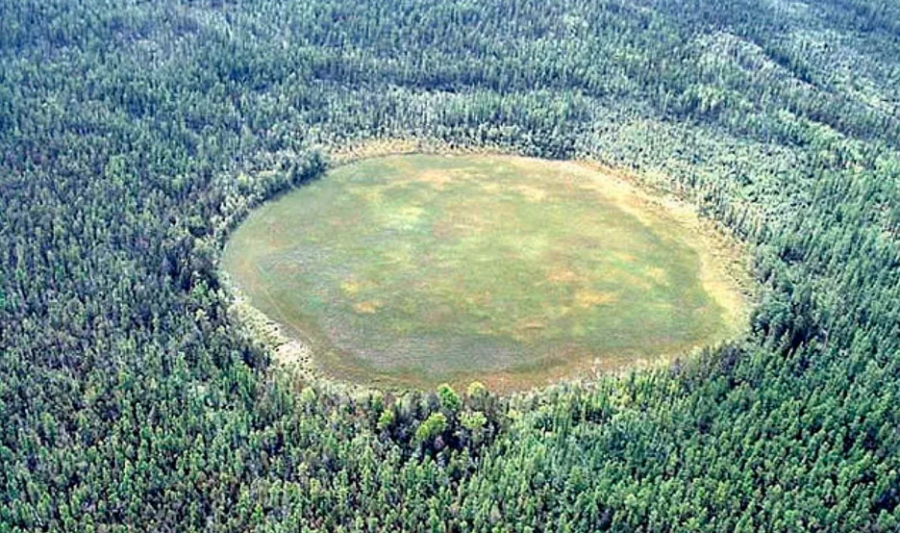The Tunguska Event
October 15, 2021
In 1908, a rural town in Siberia witnessed an event that continues to intrigue the public today.
At around seven in the morning on June 30th, the Tunguska locals were beginning their day as normal when a massive explosion split the sky. A sound reminiscent of artillery fire echoed in the ears of the locals as they watched the sky grow so bright it resembled fire. The force of the explosion shattered windows and knocked people to the ground.
Initial theories about the event ranged from volcanic eruptions to UFOs to black holes. Today, this event is widely attributed to a meteor nearly colliding with the earth.
When Leonid Kulik, working with the St. Petersburg Museum as the chief curator of meteorite collection, traveled to Tunguska to investigate the event, he found many of the locals unwilling to help.
Many of the locals believed this meteor was a visitation from Ogdy, one of their gods. Given that this mysterious impact created such a giant explosion, completely flattening about 80 million trees, the fear of the locals is understandable. After all, this took place over 100 years ago, in a rural area of Siberia. An event like this would be sure to be met with a range of theories trying to explain what had happened.
This event was so significant that scientists are still discussing it to this day.
The fact that this event was caused by a meteor is agreed upon by the majority of the scientific community. The nature of the collision itself — if there was one — is debated.
Scientists initially believed there was a collision. However, search parties were sent out and no crater was ever found. The theory evolved and scientists now believe the meteor never actually hit the earth but exploded in the atmosphere. This explosion created an air burst – the massive force that knocked people over, flattened trees, and killed wildlife.
The true cause of the Tunguska event is the scariest part of this story. Where science usually provides rational explanations to phenomena to calm people in moments of confusion, the truth behind this event begs the question: What if it happens again?
The energy released from the meteor is estimated to be equal to about 185 Hiroshima bombs.
We can be grateful that the earth has the mesosphere to protect us from the worst of meteor impacts. Still, the meteor that created such a great impact in Tunguska has been described to have only grazed the earth. Imagine what could have happened if it had been worse.
To this day, the Tunguska event serves as a reminder that whatever man comes up with, nature does it better.






























